In which Carrie examines her ever-changing relationship to philosophy as a creative mode of interweaving metaphors and as an expression of her felt inadequacy of bridging logic and love…
When you go walking with me, I’ll warn you, we won’t get far. That’s a true statement for these days. Back then, in those days, I was more interested in physical endurance, the thrift by which I could go from point A to X; I wanted to check the little box called “summit” and feel good about what reserves I needed to tap in order to get there. Now I am seized easily by distraction. I must halt, often, but not for lack of breath: because I am breathless. I can travel twenty yards with you, a distance which might take an arthropod a whole day, so that we can examine more slowly what might be ignored by most.
One object in nature which magnetizes me to it is the snag: a dead and decaying tree. They are miniature ecosystems, which is to say they are complex, and, for me, they are little ideas full of holes and life and potential which is why they belong to the philosopher. They are passed by easily on the way to the bottom-line summit, and rarely command attention as, say, a herd of startled deer might. Back then I, too, failed to notice seemingly inanimate structures in nature: the mycelium running, the lovely lichen, animal scat, the way the light changes with shifts in the heavens, an oily sheen on a blackberry leaf, slope and aspect, a bird’s warning.
Like the million thought prompts Wisdom presents us with in any given moment, the Philosopher’s Snag stops me each time. I’m in love with it, though this is not particularly logical. To be fond of a mass of dead carbon, to admire an idea as old as the pre-Socratics or new as the latest media craze, seems unlikely on my way through the world, yet it always happens for me. And this is why I question myself. Can I live in equal parts: heart and mind?
The Philosopher’s Snag as I’m conceiving of it, is, yes, and object in nature worth study. It also stands as a symbol of an uneasiness I have been feeling for some years. Who am I? A rational animal? I wonder about the questioner, the curious creator, the wondering wanderer. What purpose does the philosopher serve?
So much of society, at least American society as I conceptualize it, is concerned with utility. And, if something isn’t readily “useful” it may well be “useless.” In short, it may have little or no value. There is an inherent logic to this, whether true or false.
Contrast a stand of live trees, for instance. This body holds a lot of measurable potential– both scientifically* and economically**. But what of the snag?
My eyes are trained to pick out the snag in a forest, from love and curiosity, and because I see it can become the very foundation on which civilization rests.
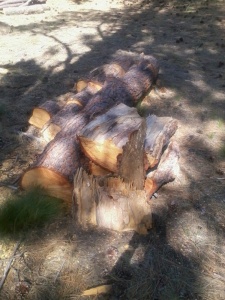 Oh, it has economic value too with the emerging biofuel technological advancements, whereby we can create energy from pounds of carbon to fuel our lights and screens. But what I see, when I pick out the snag in the stand of live trees, is a metropolis.
Oh, it has economic value too with the emerging biofuel technological advancements, whereby we can create energy from pounds of carbon to fuel our lights and screens. But what I see, when I pick out the snag in the stand of live trees, is a metropolis.
Woodpeckers, those great excavating engineers, build large cavities in the snag in their hunt for insects…also building and changing the snag’s ecosystem…and consequently provide nesting sites for small mammals and other birds. The insects themselves burrow and eat the wood surrounding them, striving to survive, and create masses of wood dust which even smaller organisms dine on at the base of the snag. The excrement which results in the digestive processes of the woodpecker and arthropod then become an extension of the soil–and aid in soil health. If soil were just the multiple pounds of startdust which enters our atmosphere from burned out meteors in space, or mineral particles from rocks which cyanobacteria transformed in its slow erosive process by lichen colonies, we would still have foundation for civilization, but less land for nutrient rich vegetative life.
And it is this foundation which presently concerns me. Before there were humans, there needed to be a place for them to stand. The Philosopher’s Snag is one object in nature, used metaphorically here for civilization’s foundation: we’d be nothing without dirt. This passed-by thing is, to me, like the body of philosophical thought often ignored or minimized in our search for the summit at X: as if getting to the top is enough, or even possible, without stopping to see the snag for the forest.
And so I find myself caught, and caught up in distracted thoughts. Who is this philosopheriturist but a third philosopher, a third biological organism, and a third literary artist? And is it possible to categorize myself so neatly, to partition my utility into such mathematical precision? What purpose does philosophy hold for me, next to a life lived in the full throes of a love for life? I argue for the sake of my Philosopher’s Snag as serving my extensive quest for authenticity, and the philosopher-becoming as a body who guides me away from quickly attained, perhaps shallow, conclusions regarding the meaning of existence.
*”Scientifically” trees presence and/or absence alter climate patterns and expire oxygen, for instance.
**”Economically” trees give people lumber which is useful for trade.

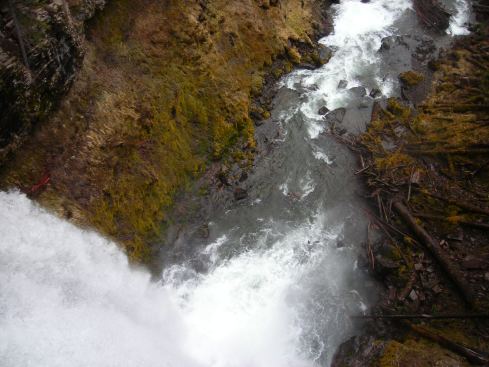
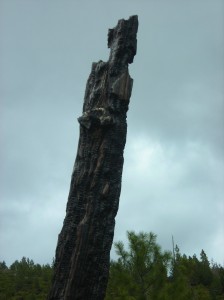
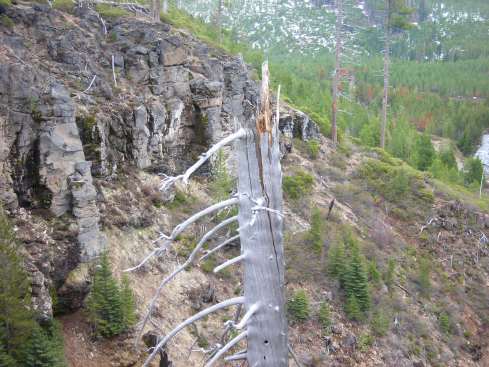
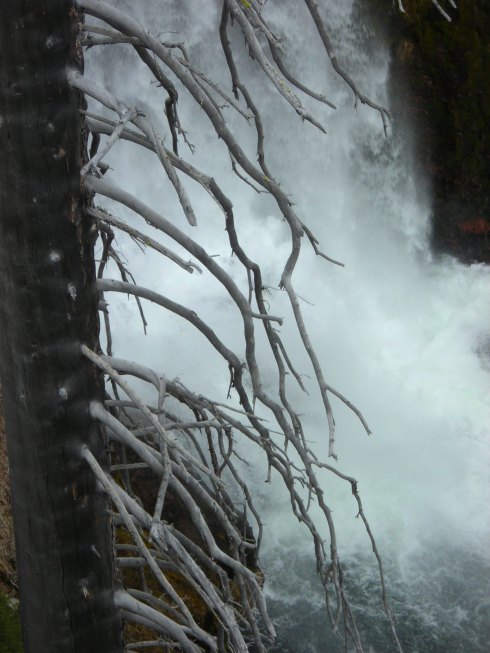
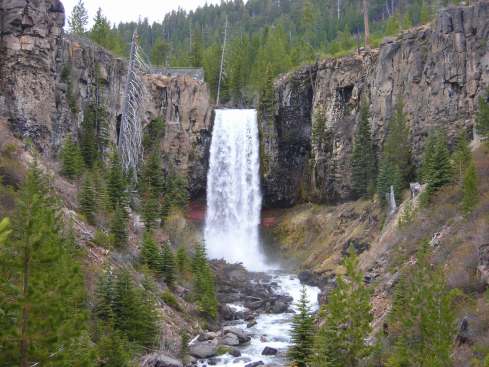
September 16th, 2012 at 11:47 pm
[…] but curious all the same, this Socratic proof in the dirt, near a rollicking river, surrounded by Pileated woodpecker excavated snags, and in the company of a wonderful person who makes magic, was only a infinitesimally small part of […]